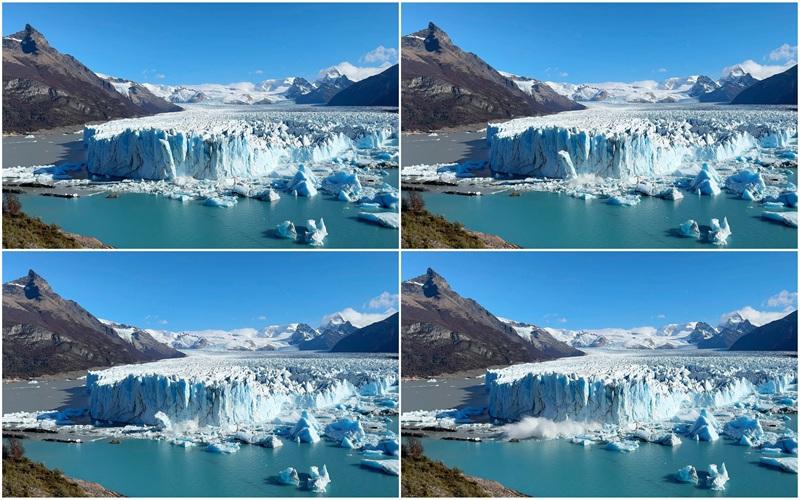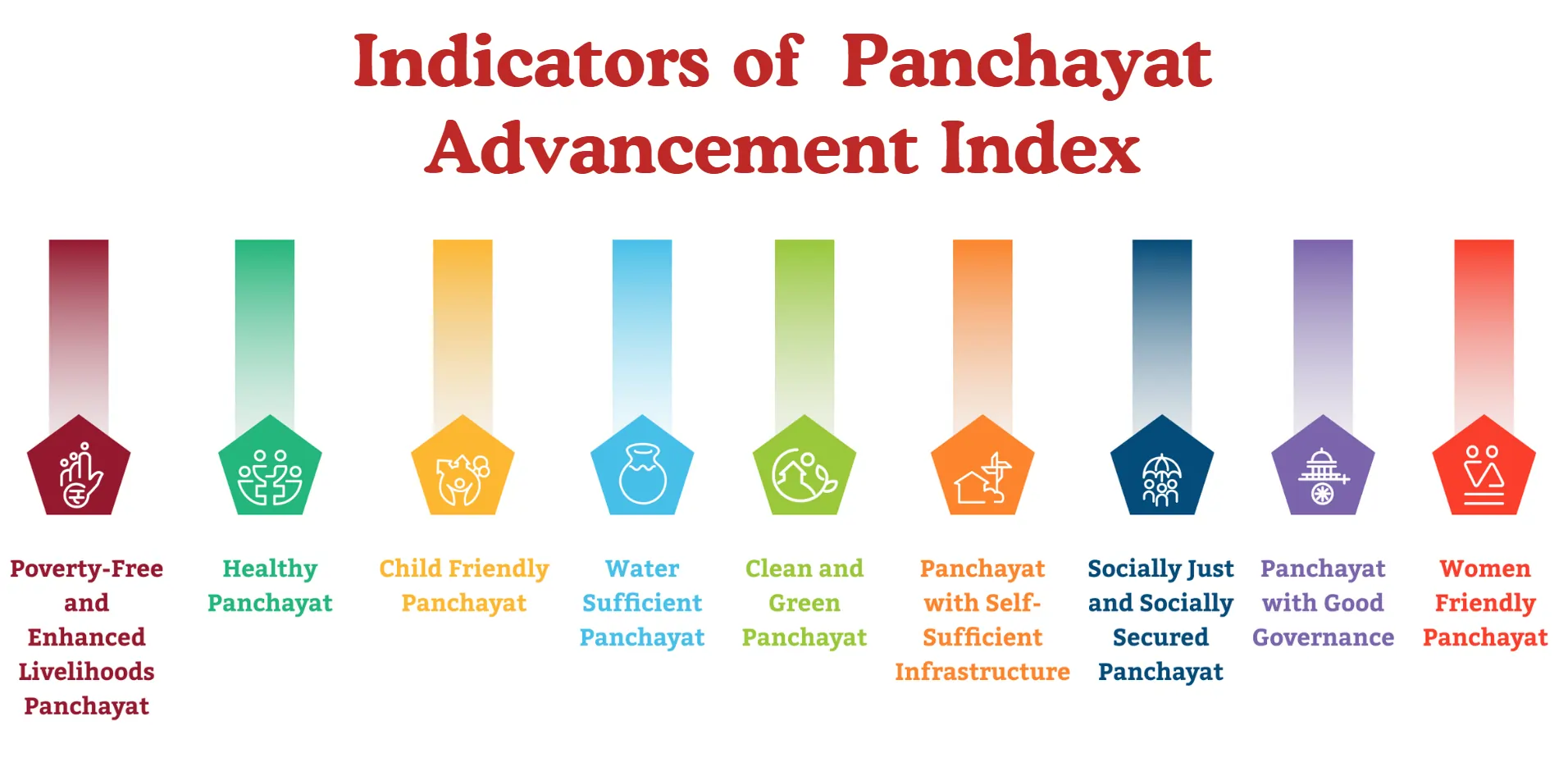- Courses
- GS Full Course 1 Year
- GS Full Course 2 Year
- GS Full Course 3 Year
- GS Full Course Till Selection
- Online Program
- GS Recorded Course
- NCERT (Recorded 500+ Hours)
- Polity Recorded Course
- Geography Recorded Course
- Economy Recorded Course
- AMAC Recorded Course
- Modern India, Post Independence & World History
- Environment Recoded Course
- Governance Recoded Course
- Science & Tech. Recoded Course
- International Relations and Internal Security Recorded Course
- Disaster Management Module Course
- Ethics Recoded Course
- Essay Recoded Course
- Current Affairs Recoded Course
- CSAT
- 5 LAYERED ARJUNA Mentorship
- Public Administration Optional
- ABOUT US
- OUR TOPPERS
- TEST SERIES
- FREE STUDY MATERIAL
- VIDEOS
- CONTACT US
Bhojshala Complex Built from Temple Remains: ASI Survey
Bhojshala Complex Built from Temple Remains: ASI Survey
18-07-2024
The Archaeological Survey of India (ASI) has submitted a scientific survey report to the Indore Bench of the Madhya Pradesh High Court. The report reveals that the existing structure at the Bhojshala complex in Madhya Pradesh's Dhar district was constructed using remains of a temple that previously existed at the site.
Background:
- The Bhojshala complex is an ASI-protected, 11th Century monument.
- Under an agreement with the ASI, Hindus perform puja at the complex every Tuesday, and namaz is offered every Friday.
- The site has been controversial, with Hindu groups claiming that the mosque was built on top of a temple.
Findings of the ASI Survey:
- The survey was conducted over three months using technologies such as ground-penetrating radar (GPR) and studying archaeological remains.
- It found that the pre-existing structure "can be dated to the Paramara [dynasty] period".
- The art and architecture of the pillars and pilasters in colonnades suggest they were originally part of a temple.
- Figures of deities and humans carved on the pillars and pilasters were mutilated for their reuse in the existing structure.
- The survey found images of Hindu deities such as Ganesha, Brahma with his consorts, Narasimha, Bhairava, and other human and animal figures in the existing structure.
- Inscriptions in Sanskrit and Prakrit were found at the site, dating to the 13th Century CE.
- One inscription refers to King Naravarman (ruled between 1094-1133 CE), son of Udayaditya, of the Paramara dynasty.
- The existing structure has long colonnades in all four directions decorated with 106 pillars and 82 pilasters.
History of the Bhojshala Complex:
- Built by Raja Bhoja (1000-1055 AD) in 1034 AD, it served as a university where students learned music, Sanskrit, astronomy, yoga, Ayurveda, and philosophy.
- It was first attacked in 1305 AD by Alauddin Khilji.
- In 1514 AD, Mehmudshah Khilji II attacked the complex and attempted to convert it into a dargah, building the 'Kamal Moulana' Makbara on encroached land outside Saraswati Temple.
Inscriptions Found:
- Two hymns written in Prakrit language of the Karmavatar or crocodile incarnation of Vishnu are engraved on the rocks of this complex.
- Two Sarpabandha pillar inscriptions: one containing the Sanskrit alphabet and the main endings of nouns and verbs, and the other containing the individual declensions of the ten tenses and moods of Sanskrit grammar.
Protection of the Complex:
- In 1951, the complex was declared a monument of national importance under the Ancient and Historical Monument and Archaeological Sites and Remains (Declaration of National Importance) Act, 1951.
- It is currently protected by ASI under the Ancient Monuments and Archaeological Sites and Remains Act, 1958.
Mandate of Ancient Monuments and Archaeological Sites and Remains Act, 1958:
- The Act protects monuments and sites over 100 years old, including temples, cemeteries, inscriptions, tombs, forts, palaces, step-wells, rock-cut caves, and historically significant objects like cannons and mile pillars.
Court Proceedings:
- In March, the High Court asked the ASI to undertake a scientific survey of the Bhojshala Temple-Kamal Maula Mosque complex to determine the true nature and character of the site.
- Maulana Kamaluddin, one of the respondents, challenged the maintainability of the suit, citing res judicata and noted that a similar petition was dismissed by the High Court's Principal Bench in 2003.
- The High Court recently said that with a scientific survey conducted, reliance can safely be placed on the report.
Next Hearing:
The next hearing is scheduled for July 22.



